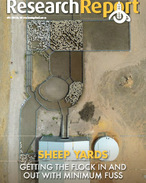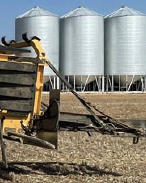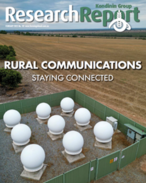This article is 8 years old. Images might not display.
According to the report the further a cancer patient lives from a major city, the more likely they are to die within five years of diagnosis.
The report investigated the increased risk factors of cancer in rural populations and the lack of treatment available to them, with a smaller number of oncologists, specialists and associated health providers accessible to regional populations.
The disparity between increased cancer causing risk factors on farms and treatment paints an alarming picture for those diagnosed with cancer in regional Australia. Evidence suggests the mortality rate of those living on the land is significantly reduced and cutting-edge cancer treatments being enjoyed by patients in major cities are not reaching their regional counterparts.
Chief executive of the Garvan Research Foundation Andrew Giles said he believed the gap between urban and rural health is unacceptable.
"If we don't act now, it will continue to grow. The ongoing challenge is to ensure that innovation in medicine is equaled by innovative policies that increase access to discovery so that all Australians can claim their share of the benefit. I truly believe this health gap can be closed," Mr Giles said.
"My hope is that this report highlights the urgent need for greater focus and spurs policy makers into action to provide a coordinated, nationwide focus on addressing this area of significant need. Medical research is critical in order to address the shortfalls in our knowledge and improve outcomes particularly for rural patients," he said.
The adjunct report from the Garvan Institute firmly places the spotlight on one of the federal government's National Health Priority Areas, cancer.
The new report also provides Australians, rural stakeholders and policy makers with a consolidation of data into the incidence and impact of cancer in rural Australia.
"It offers an insight into how our understanding and treatment of cancer can be transformed and the role medical research can play," Mr Giles said.
Andrew Giles said the NFF 2016 National Congress provided an opportunity to continue the rural health discussion with a focus on the incidence and impact cancer has in rural and regional communities.
"Human health has taken a place on the NFF congress agenda for the first time, and we are proud to be facilitating this discussion," he said.






















